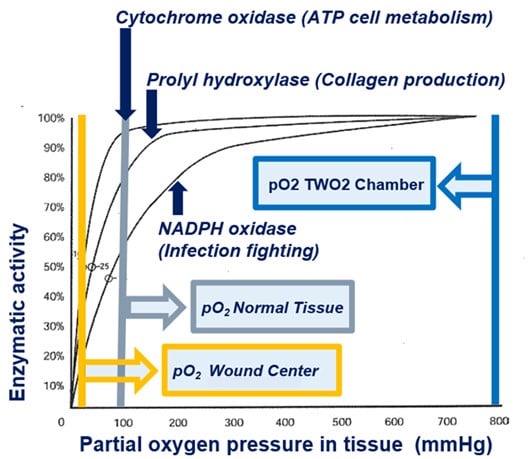Diabetic foot ulcers and venous stasis ulcers are two common types of chronic wounds that can significantly affect a person's quality of life. Both conditions can lead to severe complications if not properly managed. This article will explore the causes, symptoms, and treatment options for diabetic foot ulcers and venous stasis ulcers, shedding light on these often misunderstood conditions.
Diabetic Foot Ulcers:
Diabetic foot ulcer is one of the most common complications of diabetes, affecting approximately 15% of all individuals with diabetes at some point in their lives. These ulcers typically develop on the feet, most commonly on the bottom of the foot or toes. They result from a combination of factors, including neuropathy (nerve damage), poor circulation, and trauma to the foot.
Symptoms of diabetic foot ulcers may include:
Open sores or wounds on the foot that are slow to heal
Redness, swelling, or warmth around the ulcer
Drainage or pus from the ulcer
Pain or tenderness in the affected area
Changes in the shape or size of the foot ulcer over time
If left untreated, diabetic foot ulcers can lead to severe complications, such as infection, tissue necrosis (death), and even amputation. Therefore, prompt and appropriate treatment is essential.
Treatment for diabetic foot ulcers often involves a multidisciplinary approach, including:
Wound care: Cleaning the ulcer, removing dead tissue (debridement), and applying dressings to promote healing.
Offloading: Relieving pressure on the affected foot using special footwear, casts, or orthotic devices.
Infection control: Antibiotics may be prescribed if the ulcer is infected.
Blood sugar control: Tight control of blood glucose levels is essential to promote wound healing and prevent further complications.
Venous Stasis Ulcers: The best in chronic venous insufficiency
Venous stasis ulcer, also known as venous leg ulcers or stasis ulcers are another common type of chronic wound. These ulcers typically develop on the lower legs, just above the ankle, and are caused by chronic venous insufficiency, in which the leg veins fail to return blood to the heart efficiently.
Symptoms of venous stasis ulcers may include:
Open sores or wounds on the lower legs that are slow to heal
Swelling (edema) in the ankles and lower legs
Discoloration of the skin, often a brownish-red or purplish hue
Itching or a feeling of heaviness in the legs
Pain or discomfort, especially when standing or walking
Venous stasis ulcer develops when the pressure in the veins of the lower legs increases, leading to fluid leakage and inflammation in the surrounding tissues. Over time, this can cause the breakdown of the skin and the formation of ulcers.
Venous stasis ulcer develops when the pressure in the veins of the lower legs increases.
Treatment for venous stasis ulcers focuses on improving leg blood flow and promoting wound healing. This may include:
Compression therapy: Using compression stockings or bandages to improve blood flow and reduce leg swelling.
Elevation: Keeping the legs elevated when resting reduces swelling and improves circulation.
Wound care: Similar to diabetic leg ulcers, treatment involves cleaning the ulcer, removing dead tissue, and applying dressings to promote healing.
Medications: In some cases, topical ointments or oral antibiotics may be prescribed to manage infection or promote healing.
In severe cases or when conservative treatments fail, skin grafting or surgery may be necessary to close the ulcer and promote healing.
Conclusion:
Diabetic foot ulcers and venous stasis ulcers are chronic wounds that require careful management to prevent complications and promote healing. Early detection and appropriate treatment are essential for optimizing outcomes and improving the quality of life for individuals affected by these conditions. By understanding the causes, symptoms, and treatment options for diabetic foot ulcers and venous stasis ulcers, healthcare professionals and patients can work together to manage these challenging wounds effectively.
For more information about diabetic leg ulcers, click here to Advanced Oxygen Therapy Inc. for the best wound care or healing programs.


No comments yet